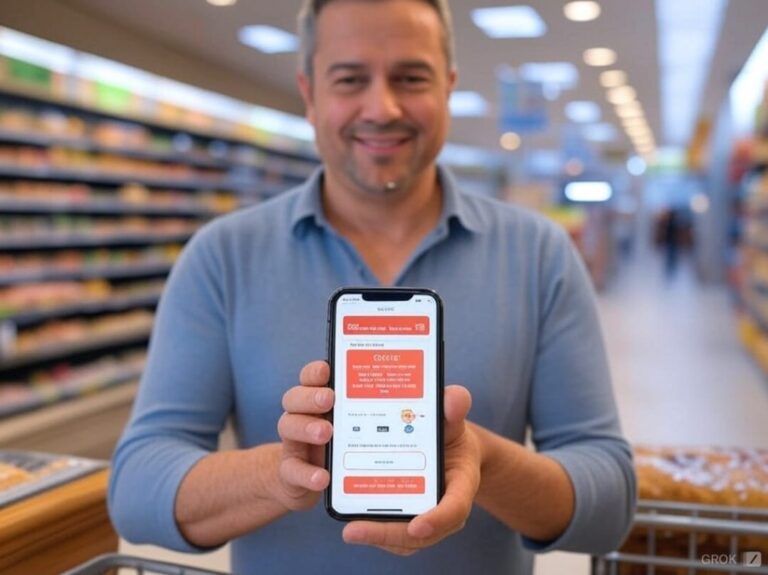Practical Rewards for Essential Needs: In challenging economic times, the value of rewards becomes paramount. Retail chains could enhance their loyalty programs by focusing on essentials, offering more practical redemption options like groceries or household goods. Fuel rewards programs, recognizing the impact of rising gas prices, might provide additional points for fuel purchases, directly addressing consumer concerns.
Flexible Redemption Options: Economic shifts demand flexibility in how rewards can be used. For instance, airlines could adapt to reduced travel demand by allowing members to use miles for a broader range of rewards, such as online shopping vouchers or dining discounts, ensuring the continued relevance and attractiveness of the loyalty program.
Personalized Support Through Data-Driven Insights
Segmentation for Tailored Strategies: Utilizing data analytics to understand changes in customer behavior is crucial. Credit card loyalty programs, for example, might identify customers shifting their spending towards necessities and offer targeted cashback bonuses for essential categories, such as healthcare or utilities.
Localized Partnerships for Community Support: Partnering with local businesses to offer exclusive discounts can provide dual benefits: supporting community businesses while delivering direct value to loyalty program members. This approach can be particularly effective for programs looking to strengthen local ties and offer meaningful savings to their members.
Fostering Emotional Connections Beyond Transactions
Community Engagement: Creating a sense of community among loyalty program members can be invaluable. Forums or social media groups where members can exchange tips, share experiences, or access exclusive content can enhance the perceived value of the loyalty program, building a stronger emotional connection to the brand.
Unique Experiences: Providing members with access to exclusive, non-monetary rewards such as virtual events or workshops can significantly enhance the loyalty program’s appeal. For example, a cooking class with a well-known chef, accessible through points redemption, can offer a unique blend of entertainment and educational value, deepening members’ emotional engagement with the program.
Engaging Members with Interactive Initiatives
Gamification to Encourage Participation: Introducing gamified elements, such as challenges or missions within the loyalty program, can significantly boost member engagement. A coffee shop chain might implement a system where customers earn bonus points for trying new products or participating in sustainability initiatives, adding an element of fun and competition.
Active Feedback Mechanisms: Encouraging ongoing dialogue with members through surveys or feedback platforms not only keeps them engaged but also provides valuable insights. Offering points or rewards in exchange for feedback can be an effective way to gather actionable information while reinforcing the value of the loyalty program.
Conclusion: Strengthening Loyalty Programs in Tough Times
Economic downturns challenge loyalty programs to prove their worth. By focusing on practical value, personalized engagement, emotional connections, and interactive experiences, loyalty programs can become a vital support for customers navigating financial difficulties. These strategies not only enhance the customer experience but also build a robust foundation for loyalty that endures beyond economic challenges, positioning the brand as a trusted partner in both good times and bad.






